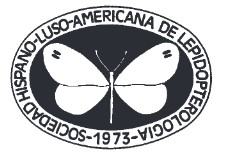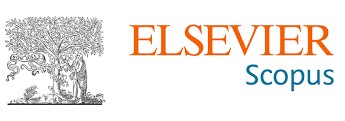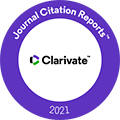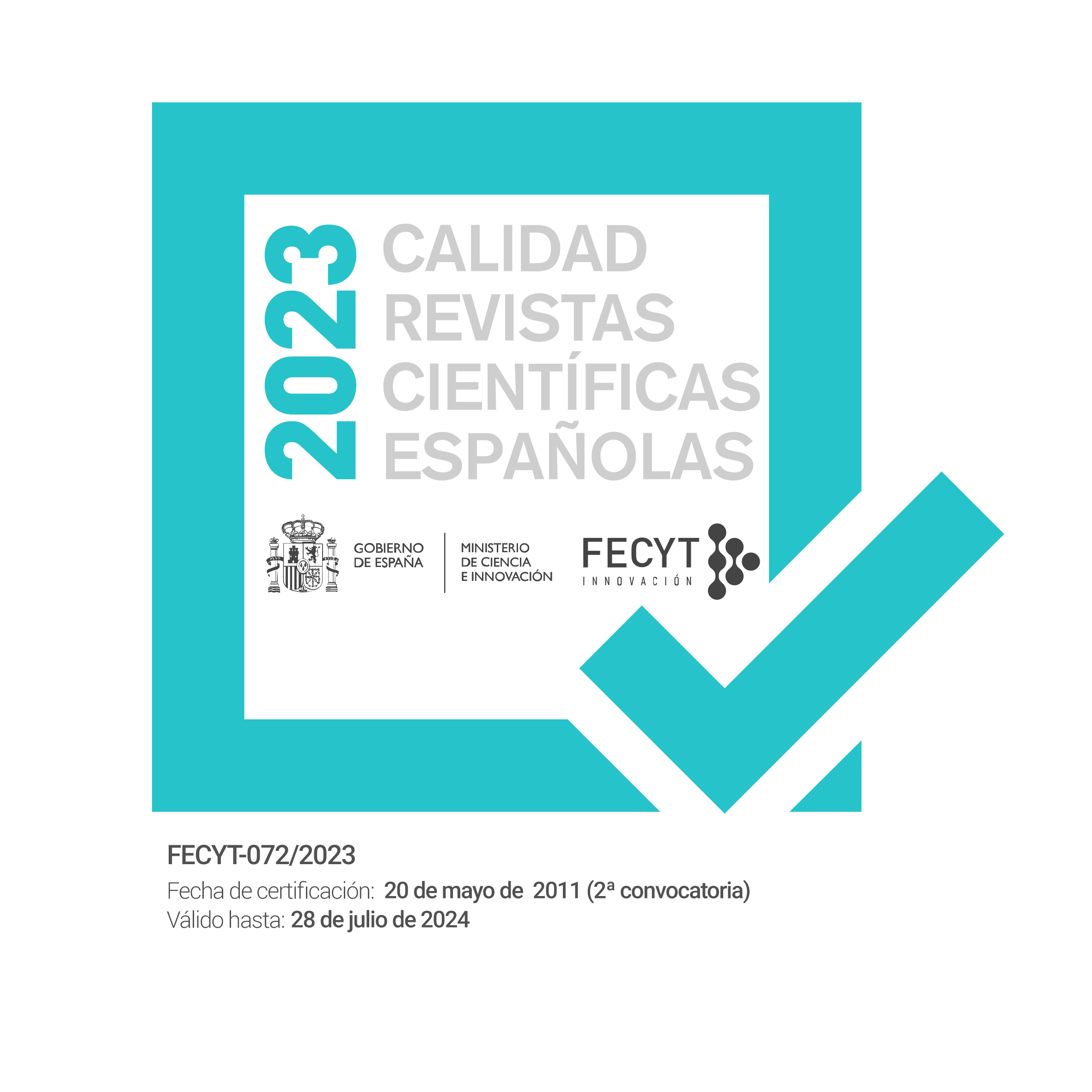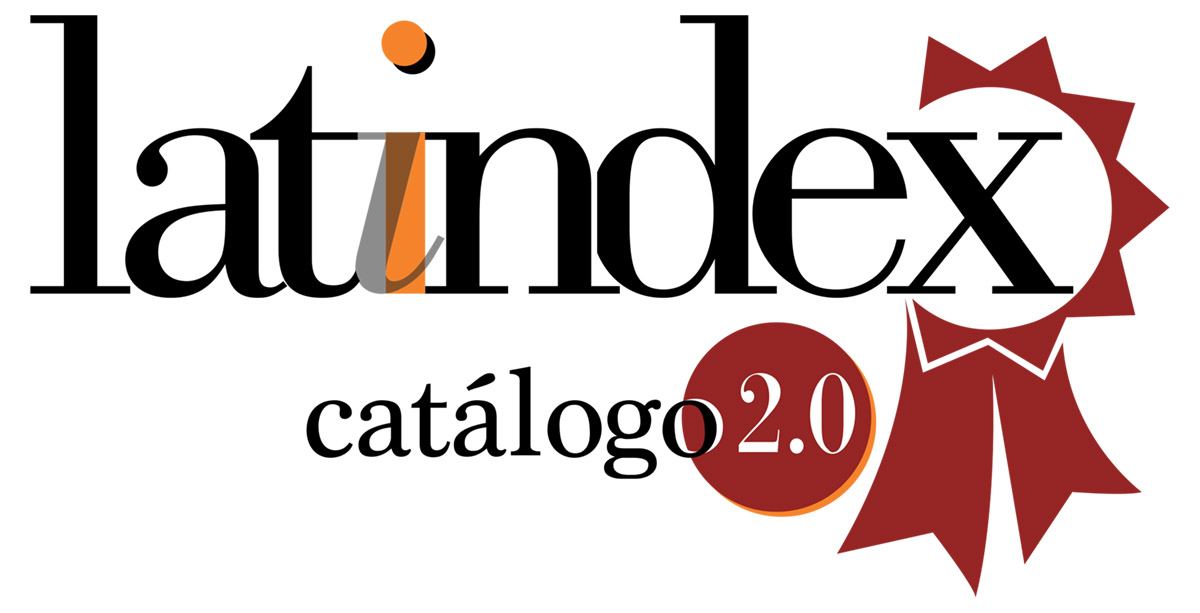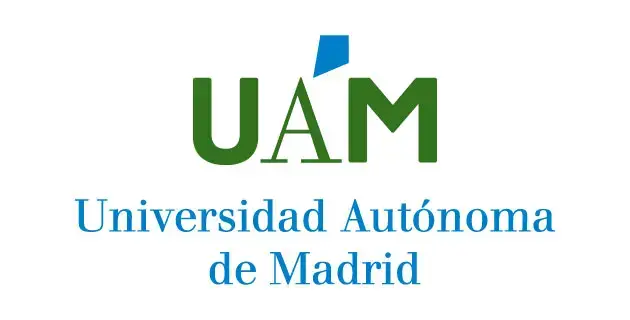First report and molecular identification of Chilo partellus (Swinhoe, 1885) in South-eastern Türkiye: invasion continues (Lepidoptera: Crambidae)
DOI:
https://doi.org/10.57065/shilap.524Keywords:
Lepidoptera, Crambidae, invasive pests, maize, phylogenetic analysis, spatial distribution, TürkiyeAbstract
Chilo partellus (Swinhoe, 1885) (Lepidoptera: Crambidae), is an invasive maize pest that can cause high yield losses. The pest has recently been introduced and established in eastern Mediterranean countries such as Türkiye. However, research regarding its expansion towards other regions in Türkiye and other countries is required. This study is the first to report the presence and abundance of the pest in South-eastern Türkiye provinces, Diyarbakır, Mardin, Ranlıurfa, and Rırnak as well as the infestation rate and its contribution to the stemborer-dependent infestation rates. There were significant differences between the abundances of the pest in different counties, while the infestation rate, the contribution to the stemborer-dependent infestation rate, and the contribution to the total stemborer population were not statistically different between counties. The pest was only recorded in three southern counties of Ranlıurfa, during routine September surveys in 2022 and was absent in Diyarbakır, Mardin, and Rırnak. Specimens were morphologically diagnosed, and for molecular identification and phylogenetic analysis, nucleotide sequencing of the mitochondrial cytochrome oxidase subunit I (COI-I) gene was performed. All specimens were confirmed as C. partellus. Further, phylogenetic analysis revealed intraspecific genetic variation and the similarity of the specimens to reference sequences from Africa.
Downloads
Global Statistics ℹ️
|
878
Views
|
405
Downloads
|
|
1283
Total
|
|
References
Achiri, T. D., Fursov, V., Atakan, E., & Pehlivan, S. (2019). First record and parasitism of egg parasitoid Trichogramma evanescens Westwood, 1833 (Hymenoptera: Trichogrammatidae) on eggs of Chilo partellus Swinhoe, 1885 (Lepidoptera: Crambidae) in Turkey. Turkish Journal of Entomology, 44, 49-56.
https://doi.org/10.16970/entoted.590559
Assefa, Y., & Dlamini, T. (2016). Determining genetic variations in Busseola fusca Fuller (Lepidoptera: Noctuidae) and Chilo partellus Swinhoe (Lepidoptera: Crambidae) from Swaziland and South Africa through sequences of the mtDNA Cytochrome Oxidase Sub Unit I (COI-I) gene. International Journal of Advanced Research in Biological Sciences, 3, 208-213.
Bayram, A., & Tonga, A. (2016). First report of Chilo partellus in Turkey, a new invasive maize pest for Europe. Journal of Applied Entomology, 140, 236-240.
https://doi.org/10.1111/jen.12232
Ben-Yakir, D., Chen, M., Sinev, S., & Seplyarsky, V. (2013). Chilo partellus (Swinhoe) (Lepidoptera: Pyralidae) a new invasive species in Israel. Journal of Applied Entomology, 137, 398-400.
https://doi.org/10.1111/j.1439-0418.2012.01740.x
CABI (2022). Chilo partellus (spotted stem borer). CABI Compendium:
https://doi.org/10.1079/cabicompendium.12859
Donga, T. K., & Meadow, R. (2018). Determination of genetic diversity in Chilo partellus, Busseola fusca, and Spodoptera frugiperda infesting sugarcane in Southern Malawi using DNA barcodes. Insects, 9, 74.
https://doi.org/10.3390/insects9030074
Gözüaçık, C., Mart, C., & Kara, K. (2009). Parasitoids of several lepidopterous pests in maize plantations in the Southeast Anatolian Region of Turkey. Turkish Journal of Zoology, 33, 475-477.
https://doi.org/10.3906/zoo-0811-8
Hall, T. A. (1999). BIOEDIT: a user-friendly biological sequence alignment editor and analysis program for Windows 95/98/ NT. Nucleic Acids Symposium Series, 41, 95-98.
Katoh, K., Rozewicki, J., & Yamada, K. D. (2019). MAFFT online service: multiple sequence alignment, interactive sequence choice and visualization. Brief Bioinform, 20, 1160-1166.
https://doi.org/10.1093/bib/bbx108
Kfir, R., Overholt, W. A., Khan, Z. R., & Polaszek, A. (2002). Biology and management of economically important lepidopteran cereal stem borers in Africa. Annual Review of Entomology, 47, 701-731.
https://doi.org/10.1146/annurev.ento.47.091201.145254
Khadioli, N., Tonnang, Z. E. H., Muchugu, E., Ong’amo, G., Achia, T., Kipchirchir, I., Kroschel, J., & Le Ru, B. (2014). Effect of temperature on the phenology of Chilo partellus (Swinhoe) (Lepidoptera, Crambidae); simulation and visualization of the potential future distribution of C. partellus in Africa under warmer temperatures through the development of life-table parameters. Bulletin of Entomological Research, 104, 809-822.
https://doi.org/10.1017/S0007485314000601
Lancashire, P. D., Bleiholder, H., Boom, T. V. D., Langelüddeke, P., Stauss, R., Weber, E., & Witzenberger, A. (1991). A uniform decimal code for growth stages of crops and weeds. Annals of Applied Biology, 119, 561-601.
https://doi.org/10.1111/j.1744-7348.1991.tb04895.x
Larkin, M. A., Blackshields, G., Brown, N. P., Chenna, R., McGettigan, P. A., McWilliam, H., Valentin, F., Wallace, I. M., Wilm, A., Lopez, R., Thompson, J. D., Gibson, T. J., & Higgins, D. G. (2007). Clustal W and Clustal X version 2.0. Bioinformatics, 23, 2947-2948.
https://doi.org/10.1093/BIOINFORMATICS/BTM404
Lee, T. R. C., Anderson, S. J., Tran-Nguyen, L. T., Sallam, N., Le Ru, B. P., Conlong, D., Powell, K., Ward, A., & Mitchell, A. (2019). Towards a global DNA barcode reference library for quarantine identifications of lepidopteran stemborers, with an emphasis on sugarcane pests. Scientific Reports, 9, 7039.
https://doi.org/10.1038/s41598-019-42995-0
Lenth, R. V. (2016). Least-Squares Means: The R Package lsmeans. Journal of Statistical Software, 69, 1-33.
Maddison, W. P., & Maddison, D. R. (2018). Mesquite: A modular system for evolutionary analysis. Version 3.70. http://www.mesquiteproject.org
Moeng, E., Mutamiswa, R., Conlong, D. E., Assefa, Y., Le Ru, B. P., Goftishu, M., & Nyamukondiwa, C. (2018). Diversity and distribution of lepidopteran stemborer species and their host plants in Botswana. Arthropod-Plant Interactions, 12, 733-749.
https://doi.org/10.1007/s11829-018-9622-0
O’Hara, R. B., & Kotze, D. J. (2010). Do not log-transform count data. Methods in Ecology and Evolution, 1, 118-122.
https://doi.org/10.1111/j.2041-210X.2010.00021.x
Sokame, B. M., Rebaudo, F., Musyoka, B., Obonyo, J., Mailafiya, D. M., Le Ru, B. P., Kilalo, D. C., Juma, G., & Calatayud, P. A. (2019). Carry-over niches for lepidopteran maize stemborers and associated parasitoids during non-cropping season. Insects, 10(7), 191. https://doi.org/10.3390/insects10070191
Tamura, K., Stecher, G., & Kumar, S. (2021). MEGA11: Molecular Evolutionary Genetics Analysis Version 11. Molecular Biology and Evolution, 38(7), 3022-3027.
https://doi.org/10.1093/molbev/msab120
Tong˘a, A. (2021). Lepidopteran maize pests and the egg parasitoids of corn borers, Sesamia spp. (Lepidoptera: Noctuidae) in Southeastern Anatolia and lethal and sublethal effects of some insecticides on Telenomus busseolae (Hymenoptera: Scelionidae). Dicle University
Tong˘a, A., & Bayram, A. (2021). Natural parasitism of maize stemborers, Sesamia spp. (Lepidoptera: Noctuidae) eggs by Trichogramma evanescens (Hymenoptera: Trichogrammatidae) in Southeastern Turkey. International Journal of Agriculture, Environment and Food Sciences, 5, 197-202.
https://doi.org/10.31015/jaefs.2021.2.9
TUIK (2022). Cereal production over years. Crop production statistics. Turkish Statistical Institution. https://www.tuik.gov.tr
Venables, W. N., & Ripley, B. D. (2002). Modern Applied Statistics with S. Statistics and Computing. Springer, New York.
https://doi.org/10.1007/978-0-387-21706-2
Weber, E., & Bleiholder, H. (1990). Explanations of the BBCH decimal codes for the growth stages of maize, rape, faba beans, sunflowers and peas-with illustrations. Gesunde Pflanzen, 42, 308-321.
Published
How to Cite
Issue
Section
License

This work is licensed under a Creative Commons Attribution 4.0 International License.
The author SS retains his trademark and patent rights to any process or procedure within the article.
The author retains the right to share, distribute, perform and publicly communicate the article published in SHILAP Revista de lepidopterología, with initial acknowledgement of its publication in SHILAP Revista de lepidopterología.
The author retains the right to make a subsequent publication of his work, from using the article to publishing it in a book, provided that he indicates its initial publication in SHILAP Revista de lepidopterología.
Each submission to SHILAP Revista de lepidopterología must be accompanied by an acceptance of copyright and acknowledgement of authorship. By accepting them, authors retain copyright of their work and agree that the article, if accepted for publication by SHILAP Revista de lepidopterología, will be licensed for use and distribution under a "Creative Commons Attribution 4.0 International" (CC BY 4.0) licence that allows third parties to share and adapt the content for any purpose giving appropriate credit to the original work.
You may read here the basic information and the legal text of the license. The indication of the CC BY 4.0 License must be expressly stated in this way when necessary.
As of 2022, the content of the print and digital version is licensed under a "Creative Commons Attribution 4.0 International License" (CC BY 4.0), licence that allows third parties to share and adapt the content for any purpose giving appropriate credit to the original work.
Previous content in the journal was published under a traditional copyright licence; however, the archive is available for free access.
When using the contents of SHILAP Revista de lepidopterología published before 2022, including figures, tables or any other material in printed or electronic format belong to the authors of the articles, the authors must obtain the permission of the copyright holder. Legal, financial and criminal liabilities in this respect belong to the author(s).
In application of the Principle of Priority of the International Code of Zoological Nomenclature, no other version than the one published by the publisher may be deposited in repositories, personal websites or similar.





